DutchHempCBD
Member
Update
Update
Thank you all for the replys.
We have done some successful initial extractions on the female plants. We've only processed small amounts. We're not going to process the big batch until we are satisfied with the extraction process.
So far we've tried two extraction techniques. 1) solvent extraction with alcohol (ethanol) of the calyces. As expected quite some loss of alcohol due to the dry material soaking up the alcohol. The extract itself looked good though. Not a realistic approach to process on large scale. 2) psychical extraction of trichomes by using cold ice water extraction. This is followed up by purification with alcohol.
To reduce the bulk of plant material to work with a method is devised to separate the trichome rich calyces (with seeds as by product) from the virtually trichomeless leaves. Take a dried plant. Strip the leaves and buds from the stem. Shake the leaves and buds over a 6 mm mesh. What falls through the mesh is mostly calyces and seeds.
Below you'll find a description of how we made the ice water extract.
Take the calyx and seeds and mix it with ice cubes and tap water. Agitate with blunt cement mixer. 3 agitation session of 15 minutes. Filter out plant material with 220 micron bag. Filter the trichome rich water directly through a 25 micron screen. Air dry the hash. The hash is not sticky, rather sand like in consistency, with a distinct cannabis terpene smell. The hash is then cooked (78°C) in an alcohol still for 1.5 hrs (closed circuit). Then the alcohol hash mixture is filtered through a 25 micron screen. The resulting alcohol solution is split into two equal parts. Both parts are boiled down until all the alcohol is evaporated. What remains is a pure dark very sticky oil without solid particles (trichomes stalks and plant material). It has a caramel consistency. One part goes in the oven for 27 minutes at 123 degrees Celsius to decarboxylate. The other part is (hopefully) not decarboxylated. As both CBD and CBDA have their unique affect of the body both versions of oil are wanted. Once cooled off the two parts are combined. By adding a fixed amount of cold pressed hemp seed oil an easier to handle and dose oil is obtained. Dosing is best done using a oil dispenser bottle (0,15 ml per dosing).
I'm happy with how this technique works out. Though currently I'm looking at other extraction techniques that might be easier and more efficient. One of the things I'm looking into is dry ice hash making. Maybe even combining it with liquid nitrogen. If any of you have so interesting information on this please tell me.
I haven't tested the oil yet for cannabinoid content in a lab.
As for the quality of the oil:
21st of August my cat Daisy was diagnosed with pancreatic cancer. We went to the vet as she had lost a lot of weight and drank and ate very little. The vet said that the prognosis was bad and that Daisy would most likely quickly die. She also didn't have any treatment options available.
My cat, who has been on the hemp extract oil since (little more than two months) is now doing very well! These are the changes we've seen so far.
In short the changes are quite stunning.... in 3 weeks we're going back to the vet for another echo to check up on the cancer.
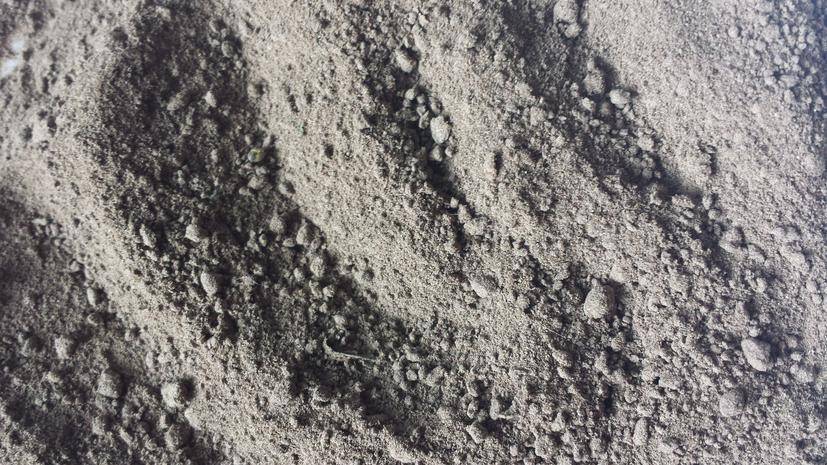
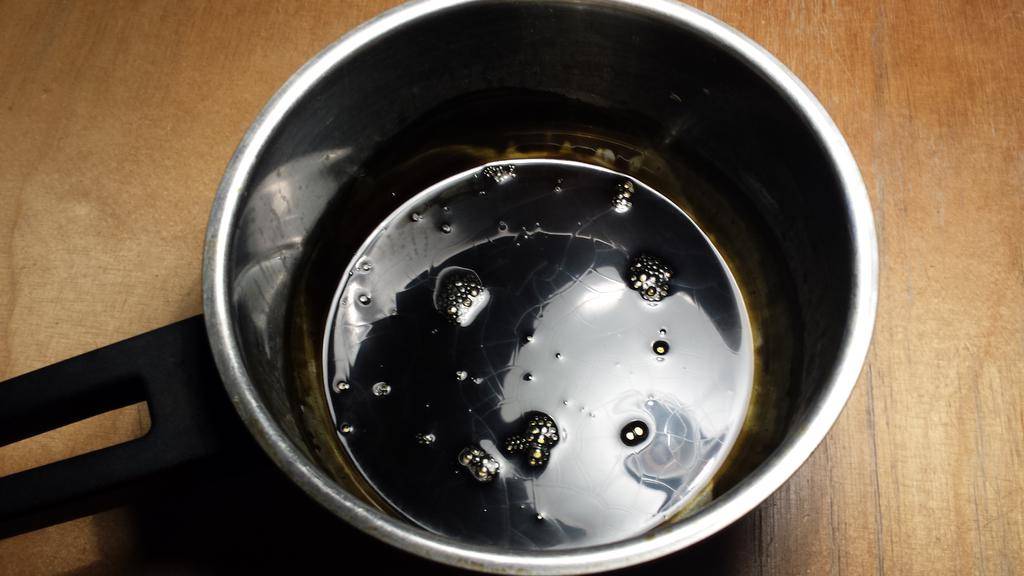
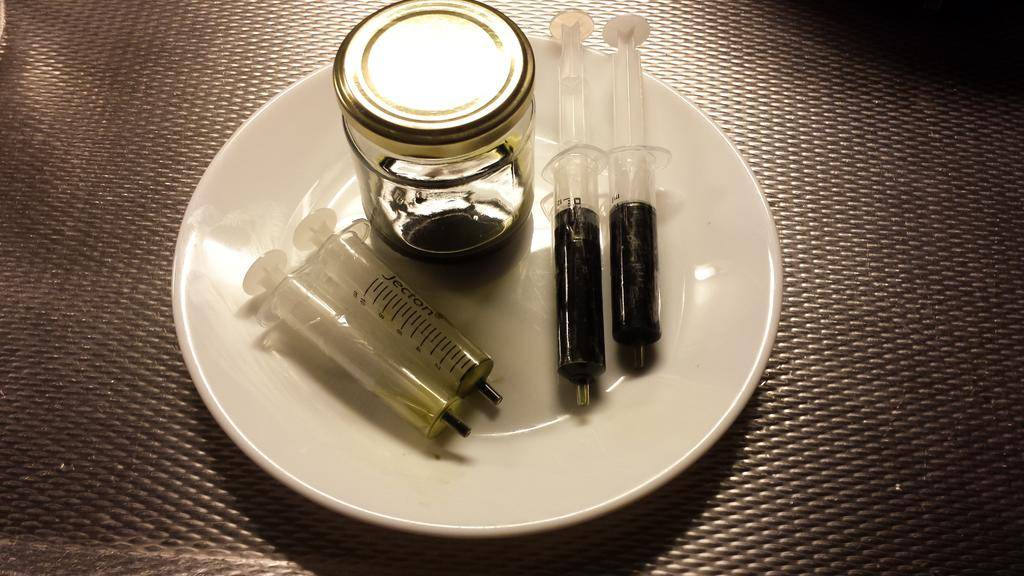
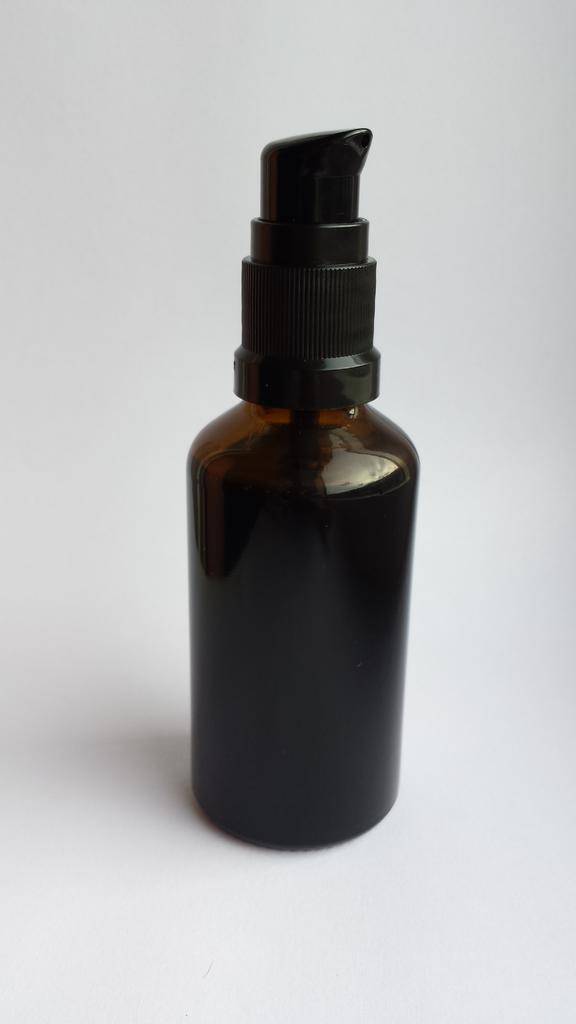
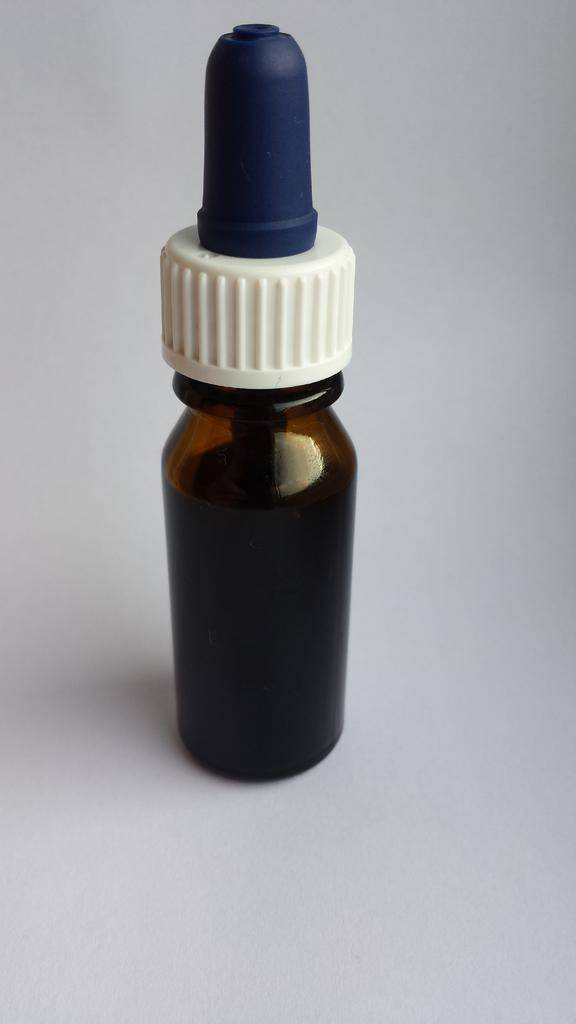
Update
Thank you all for the replys.
We have done some successful initial extractions on the female plants. We've only processed small amounts. We're not going to process the big batch until we are satisfied with the extraction process.
So far we've tried two extraction techniques. 1) solvent extraction with alcohol (ethanol) of the calyces. As expected quite some loss of alcohol due to the dry material soaking up the alcohol. The extract itself looked good though. Not a realistic approach to process on large scale. 2) psychical extraction of trichomes by using cold ice water extraction. This is followed up by purification with alcohol.
To reduce the bulk of plant material to work with a method is devised to separate the trichome rich calyces (with seeds as by product) from the virtually trichomeless leaves. Take a dried plant. Strip the leaves and buds from the stem. Shake the leaves and buds over a 6 mm mesh. What falls through the mesh is mostly calyces and seeds.
Below you'll find a description of how we made the ice water extract.
Take the calyx and seeds and mix it with ice cubes and tap water. Agitate with blunt cement mixer. 3 agitation session of 15 minutes. Filter out plant material with 220 micron bag. Filter the trichome rich water directly through a 25 micron screen. Air dry the hash. The hash is not sticky, rather sand like in consistency, with a distinct cannabis terpene smell. The hash is then cooked (78°C) in an alcohol still for 1.5 hrs (closed circuit). Then the alcohol hash mixture is filtered through a 25 micron screen. The resulting alcohol solution is split into two equal parts. Both parts are boiled down until all the alcohol is evaporated. What remains is a pure dark very sticky oil without solid particles (trichomes stalks and plant material). It has a caramel consistency. One part goes in the oven for 27 minutes at 123 degrees Celsius to decarboxylate. The other part is (hopefully) not decarboxylated. As both CBD and CBDA have their unique affect of the body both versions of oil are wanted. Once cooled off the two parts are combined. By adding a fixed amount of cold pressed hemp seed oil an easier to handle and dose oil is obtained. Dosing is best done using a oil dispenser bottle (0,15 ml per dosing).
I'm happy with how this technique works out. Though currently I'm looking at other extraction techniques that might be easier and more efficient. One of the things I'm looking into is dry ice hash making. Maybe even combining it with liquid nitrogen. If any of you have so interesting information on this please tell me.
I haven't tested the oil yet for cannabinoid content in a lab.
As for the quality of the oil:
21st of August my cat Daisy was diagnosed with pancreatic cancer. We went to the vet as she had lost a lot of weight and drank and ate very little. The vet said that the prognosis was bad and that Daisy would most likely quickly die. She also didn't have any treatment options available.
My cat, who has been on the hemp extract oil since (little more than two months) is now doing very well! These are the changes we've seen so far.
- drinks a lot more water than she used to. Before she had trouble drinking average amounts
- she eats a lot more than she used to. She had trouble eating average amounts. Now she eats one food portion within 2 minutes. This used to take her hours.
- no more dry coughing
- only puked twice, she used to puke every couple of days
- no more meowing before she drinks
- she used to sleep 18-20 hours a day. Now she is way more active and alive.
- she could hardly jump on the couch or chair. Now she easily makes that jump.
- at the vet she weighed 2.3 kg (skin on bones). Now she weighs 3.1 kg.
In short the changes are quite stunning.... in 3 weeks we're going back to the vet for another echo to check up on the cancer.


